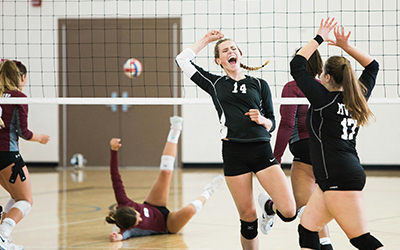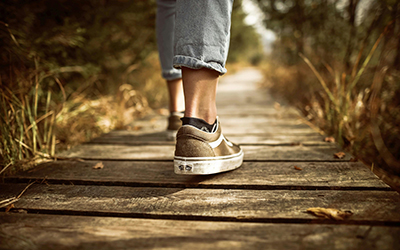Exercise tips to keep you healthy and prevent injury


Exercise tips to keep you healthy and prevent injury

Tips for athletes to stay in great shape throughout the year

Tips for staying healthy throughout the summer

It is no secret that Covid-19 has changed our world. Patients who have been in the ICU due to Covid-19 may experience post-intensive care syndrome (PICS) which involves health problems from the ICU stay that may persist after the patient leaves the hospital. The...

COVID has really put a damper on activities that we would normally do. It is important to stay active and healthy, even if that means doing things inside or by ourselves! Below are some activities that can help to keep you active and safe during the COVID & Winter...